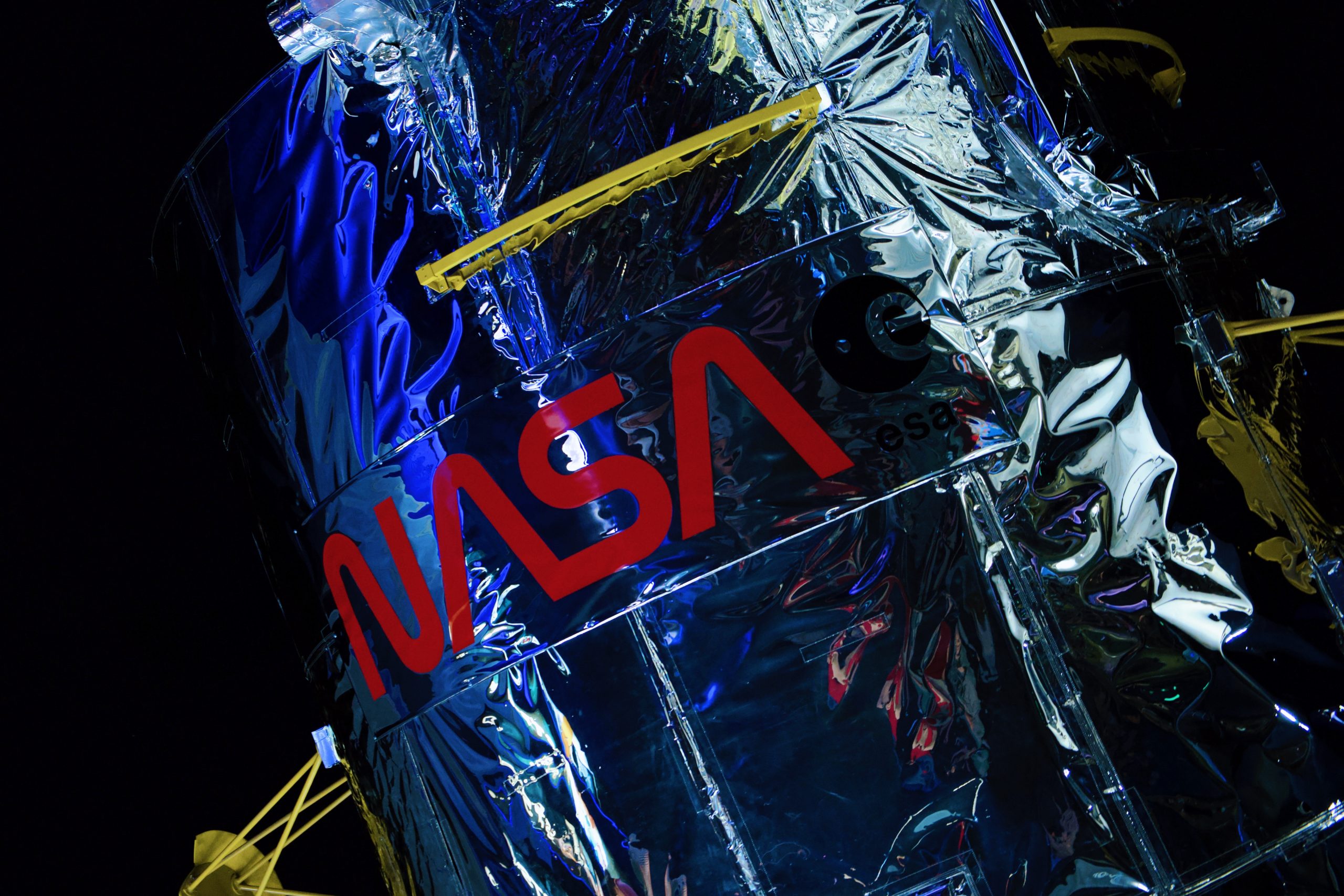NASA has issued a statement assuring the public that a retired satellite, which is set to plummet towards Earth in the coming weeks, poses a very low risk of harm. The satellite, which was launched by NASA in 1997, has been in orbit for over two decades and has been gradually losing altitude since its mission ended in 2005.
Despite concerns from some members of the public about potential damage or harm, NASA emphasized that most of the satellite is expected to burn up upon re-entry into the Earth’s atmosphere, with any remaining debris likely to fall into uninhabited areas or the ocean.
The news of the falling satellite serves as a reminder of the complexities and risks inherent in the space industry, and underscores the importance of safety and responsibility in space exploration and research.
NASA has a long history of pioneering space exploration and pushing the boundaries of human knowledge, from the Apollo moon landings to the Mars Rover missions. However, with each new mission and technological advance, the agency must also navigate a range of safety and ethical considerations.
In recent years, there has been growing concern about the potential risks associated with space debris, which can pose a threat to both manned and unmanned missions in orbit. NASA has taken steps to address these concerns, including the creation of the Orbital Debris Program Office, which works to mitigate the risks of space debris to spacecraft and satellites.
The falling satellite is just one example of the many challenges facing the space industry, from the dangers of space debris to the risks of radiation exposure and the psychological impact of long-duration spaceflight.
As the industry continues to evolve and grow, it will be important for organizations like NASA to remain transparent and accountable to the public, ensuring that the benefits of space research are balanced with a commitment to safety and responsibility.
In the case of the falling satellite, NASA’s assurances provide some reassurance to the public that the risk of harm is very low. However, the incident also highlights the ongoing need for vigilance and caution in space exploration, as well as the importance of open communication and dialogue between the industry and the public.
As the space industry continues to push the boundaries of what is possible, it will be crucial for all stakeholders to work together to ensure that the benefits of space research are realized in a safe and responsible manner. Whether it’s through advances in technology, improvements in safety protocols, or increased public awareness and engagement, the future of space exploration depends on a shared commitment to transparency, accountability, and responsibility.




